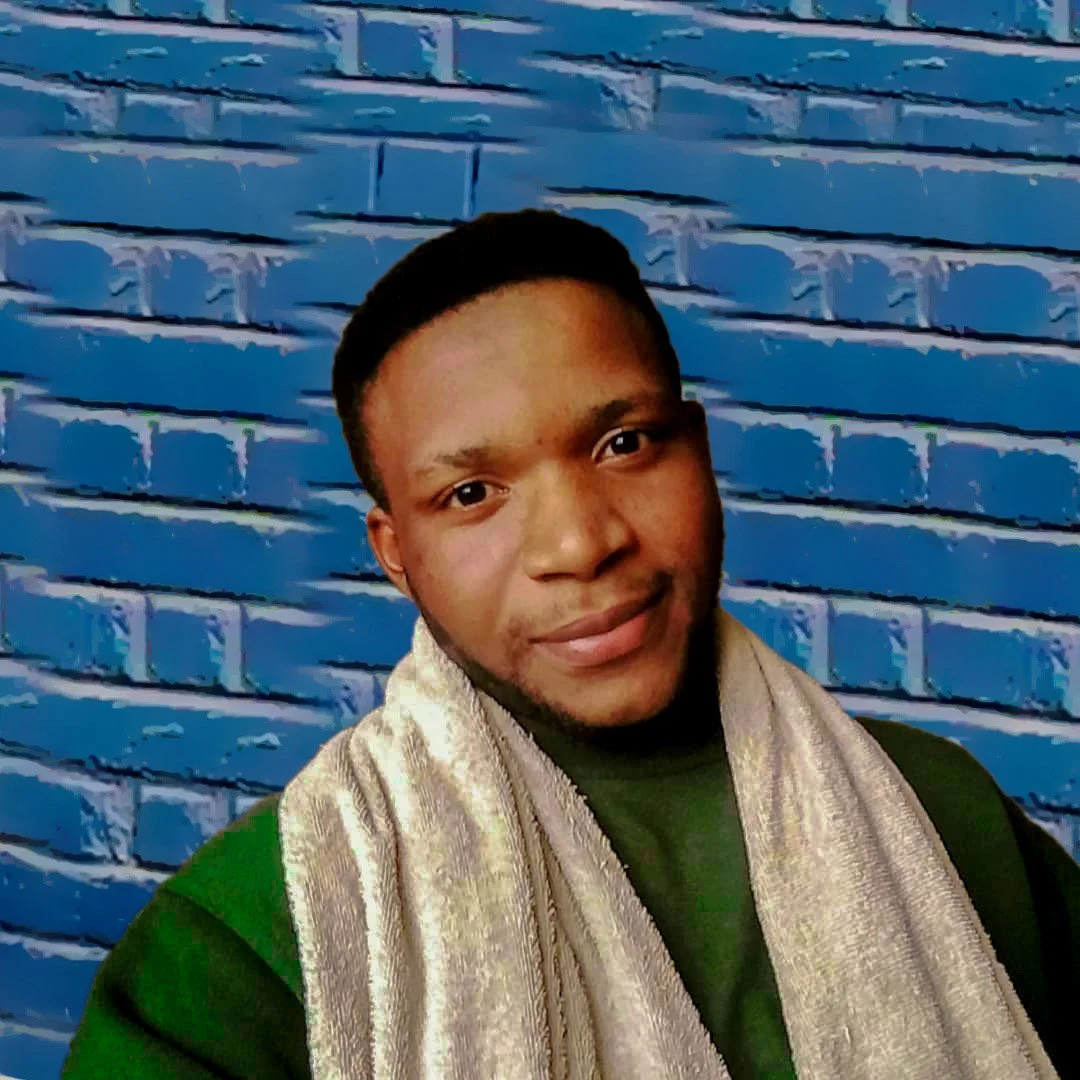Judges’ Commentary on “Who Killed Davey Moore?”:
Even without knowing the story of Davy Moore, the renowned boxer who died from injuries sustained during a bout on the night of March 21, 1963– one would surmise, thanks to the words of this talented poet, that the speaker in “Who Killed Davey Moore?,” has deep regret about being a star in a sport that is at best, complex, and at worst, violent.
The poet calls upon the voice of Sugar Ramos, the fighter who delivered those final blows, to engage the reader. Moore died 75 hours later from injuries sustained during their match. The narrator speaks hauntingly, “...the way I unspeak my rage / in dreadful thunder blows…” and “I waltz in the showmanship of a deranged coyote—aiming for the jowl…”
Thanks to the poet, we sense the emotional impact of what it may have been like for Ramos to not only defeat his opponent, but also to, unintentionally, kill him. Lines such as “the grieving lies in the aftermath of a punch” speak to the emotional residue that stem from such an act and what could be described as lingering post-match PTSD. In 1963, PTSD was decades away from being recognized as the condition it is today.
Much in this poem brings to mind the difficulty of maneuvering in a world where definitions do not come easily, especially when they have emotional, physical, and societal implications. A 2019 M.A. thesis by Omar Gonzalez, A History of Violence, Masculinity, and Nationalism: Pugilistic Death and the Intricacies of Fighting Identity sheds further light on this subject for anyone interested in a deep dive.
And yet, a clear strength of “Who Killed Davey Moore” is the poet’s own exploration of how issues of violence and gender still currently reign supreme. The poet forces these issues with lines like “…one more misgendering & the gingiva fits well for a punching bag.” What does it mean to be masculine? What does it mean to be feminine? Are the traits of either gender interchangeable?
We don’t know what rang truest for Sugar Ramos. But, in writing, “...a gay slur to the ear is a call to the glove…,” and “…loving a boy around here would do much worse.” the poet brings into play questions of how violence, identity, gender and the associated emotional characteristics (and stereotypes) of each– carry weight and have implications. This is especially true when viewed from within a highly masculine and volatile sport such as boxing.
The poet’s mention of, “...disgraced light—that sends the world crumbling.” and “where do I draw the line between mercy & mercy killing..” speak to the narrator's sense of being conflicted. The poet takes us further by incorporating images that not only disturb, but also appear to hold true to what is commonplace within a boxing match, “...each eyelid folds in bloodshot grace.” and “a dent to the loamy soft skin.” All of it, undoubtedly, “…a banquet of hurt.”
The depiction of Ramos by this poet is one of a man burdened with regret over the outcome and aftermath of the Moore fight. In doing what he was trained to do, Ramos did what he never set out to do, which was to kill another human being. The writer of this poem understands that the killing of another human is what remained most heavily on Ramos’s mind and, ultimately, his heart over the years.
~Judith Lagana
Nnadi Samuel (he/him/his) holds a B.A in English & literature from the
University of Benin. Author of '*Nature knows a little about Slave Trade*' selected by Tate.N.Oquendo (Sundress Publication, 2023). A 3x Best of the Net, and 7x Pushcart Nominee. He is the Bronze prize winner for theCreative Future Writer's Award 2022, UK London.
Twitter
Nnadi Samuel, Winner of the 2022 River Heron Editors’ Prize



